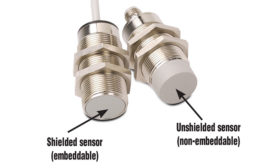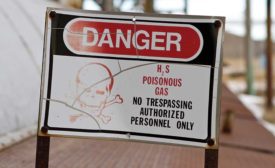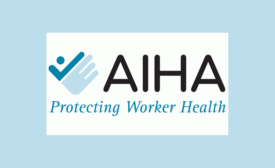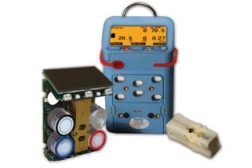Home » sensor technology
Articles Tagged with ''sensor technology''
Environmental sensor market
Demand for intelligent detection driving growth
September 1, 2017
The high stakes of hydrogen sulfide hazards
Colorimetric sensing is a measurement solution
July 19, 2017
Industrial Scientific releases new white paper on DualSense Technology
Latest white paper introduces the Tango™ TX1 single gas monitor’s patent pending technology that makes users the safest single gas monitor users in the world, regardless of bump test frequency.
April 4, 2013
Never miss the latest news and trends driving the safety industry
eNewsletter | Website | eMagazine
JOIN TODAYCopyright ©2024. All Rights Reserved BNP Media.
Design, CMS, Hosting & Web Development :: ePublishing











